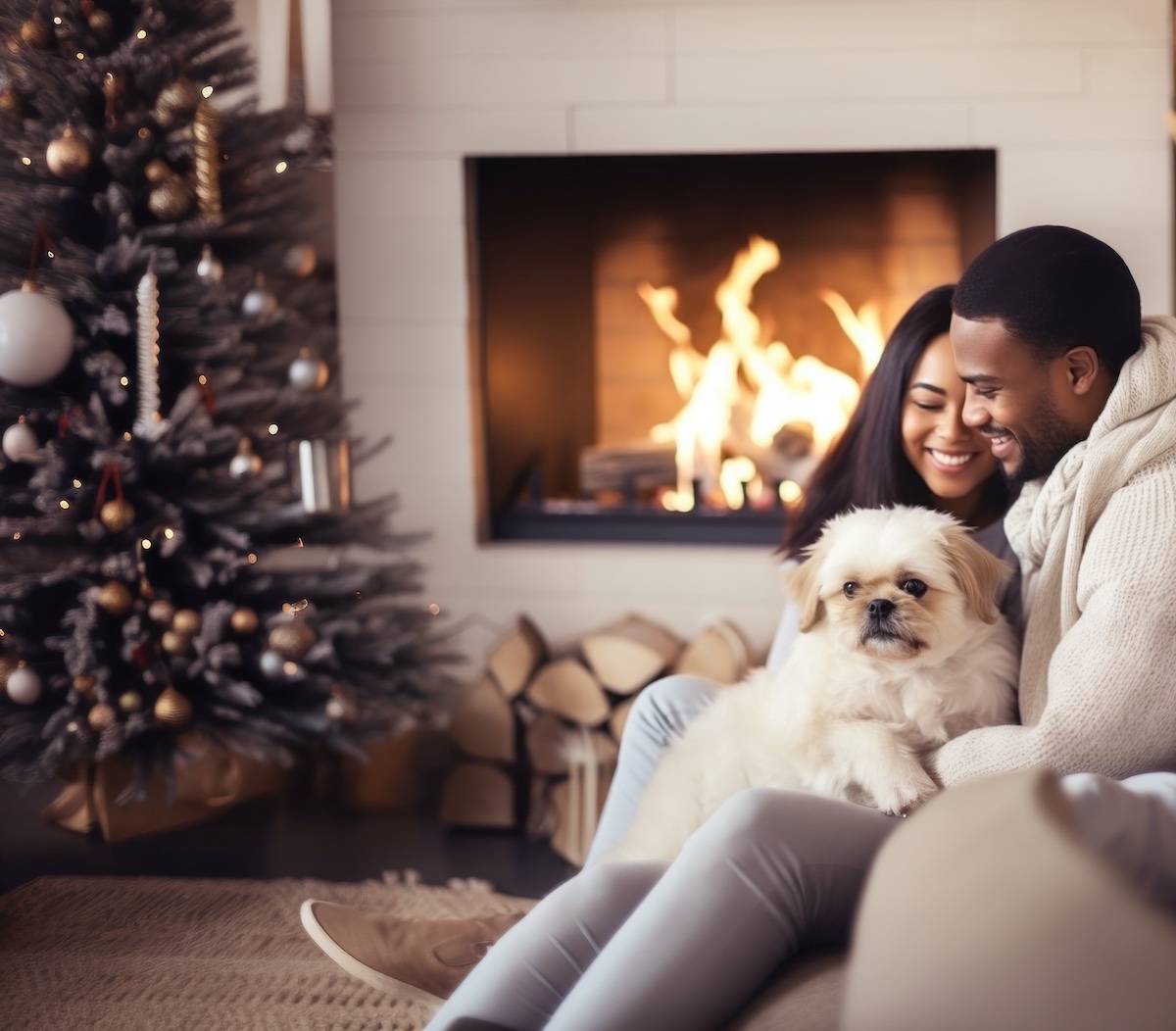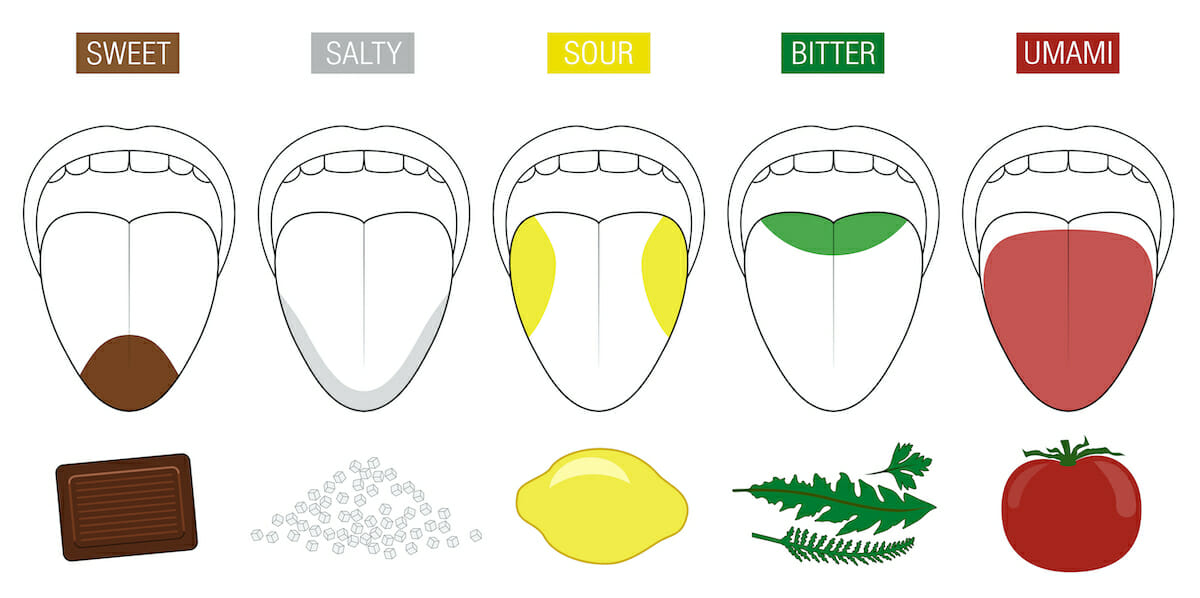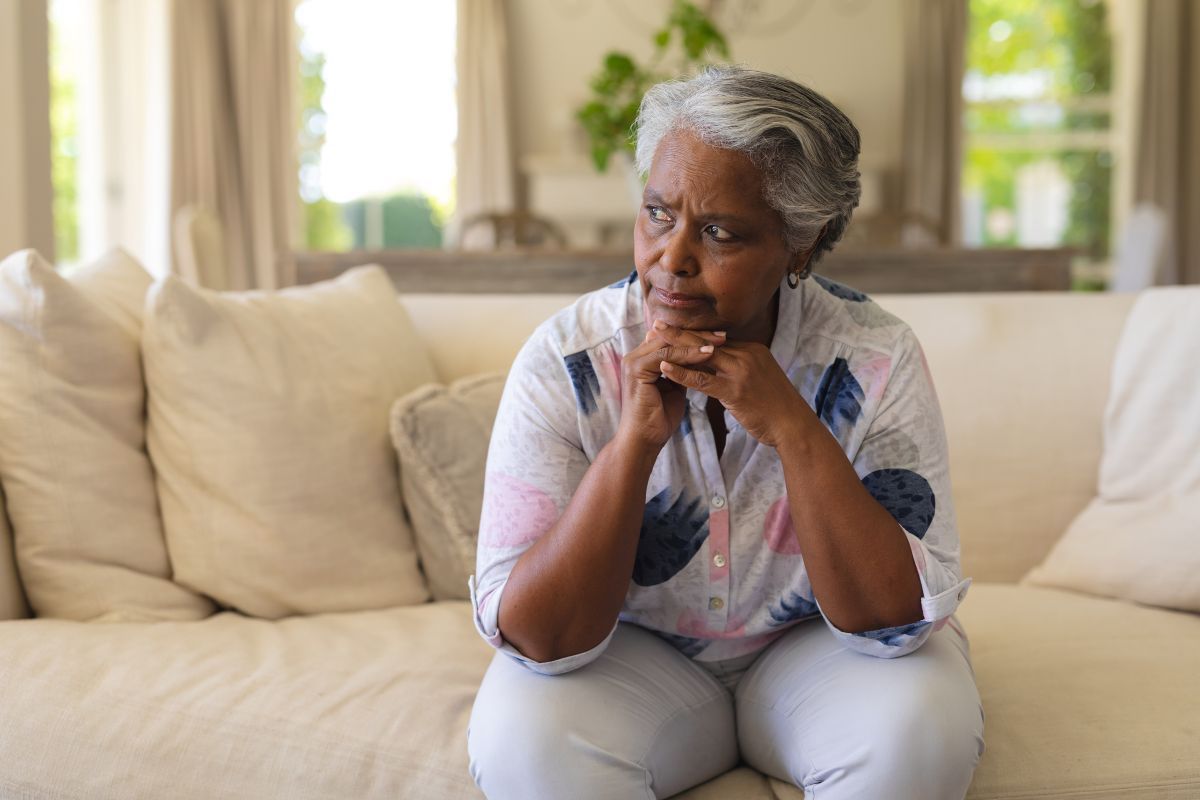
Psychologists have suggested that color impression can account for 60 percent of the acceptance or rejection of a product or service. Color is the first thing noticed and the last thing forgotten. Similarly, the colors you choose to wear, or with which you decorate your home, can affect your mood. So, choosing the right palette can be important.
But choosing color for a home is often one of the more intimidating steps for beginners. Largely it’s not important to follow trends—they will come and go. Rather, choose colors that reflect your likes and personality and blend these colors together into a scheme that works.
When selecting colors, remember that each has a specific psychological value. A color can make a person feel everything from rage to tranquility. Therefore, using a high-energy color in a place that is meant for relaxation could have a negative effect.
While different shades of color hues may evoke different feelings in people and could be representative of different cultures around the world (white is used for weddings in Western societies but for funerals among traditional Chinese), in general these basic colors typically represent the following:
- Blue: Warm blues, such as periwinkle and turquoise have a calming effect when used as the room’s main colors. This makes them perfect for bathrooms and bedrooms. Very dark blues can cause feelings of sadness, while very light blues may come off as sterile or institutional. Darker blues are also seen as the “authority” color. People may associate them with business or law enforcement. Blue is the No. 1 choice of corporate America.
- Purple: Light purples, such as lavender, can be restful like blues, but run less risk of seeming cold or sterile. Darker purples appear opulent and can provide depth as a secondary color. They are also mysterious and lend themselves well to creative spaces.
- Red: Reds have been shown to raise blood pressure and heart rate. They stir up excitement and energy in a room. Reds are popular for a ‘splash of color’ on an accent wall. It could also be a good choice for an entryway if you want to make a bold first impression. However, red and pink tend to trigger sharp emotions. Those who are already edgy may get pushed over the edge in rooms of these colors.
- Yellow: An uplifting and happy color, mellow yellow is good for kitchens and bathrooms, or small spaces that need a boost of sunshine. Yellow can feel expansive and welcoming, but it should be used in moderation since this color is the most taxing on the eyes. In some people it can cause irritability. Choose pale shades of yellow rather than vivid yellows if you are making it a main focal point of a room.
- Green: Green is a color that is applicable for any room in the house. It is versatile and one of the most restful colors for the eye. It has a calming affect when used as a main component for decorating.
- Orange: Hues of orange elicit excitement and energy, similar to reds. They’re great for exercise rooms or where a boost of energy is needed. Some also believe they stimulate appetite, which is why many fast-food chains use orange as an accent color in their restaurants.
- Brown: Brown is a warm, grounding, neutral color that provokes a feeling of safety (probably since it’s a rich, earthy color). It doesn’t stand out much on its own, even though it can be used for entire walls or rooms. Brown reminds people of their basic necessities and important connections, like family and shelter. It blends well with most other colors and can add a sense of stability to bright, energetic hues like orange or yellow.
- Gray: Hues of gray are the most neutral of neutrals and is associated with self-restraint or conformism at times, but also sleek sophistication and modern style. It has a calming, unemotional effect and can be somewhat draining on its own, but makes other colors stand out when used in combination. Darker shades of gray may make you feel edgier and moodier (similar to navy blue or black) while lighter shades feel more timeless and hopeful. Gray has less of an impact overall on your mood than other colors.
- Black is commonly associated with evil, death, or the unknown, but in small doses, can look luxurious, elegant, and powerful. Black is also associated with positive traits like comfort. It is a bold color choice for a living space, though, so try using black in small amounts before committing to it as a wall color.
- White is a light, neutral color associated with purity, innocence, and new beginnings. It has a decluttering effect and can make small spaces seem bigger, which can help stimulate your creativity and make you feel more refreshed and organized. However, too much white can feel sterile, harsh, or lonely.
Tips
- You don’t necessarily need to invest in paint to change up the color scheme of your room. Wall art, pillows, blankets, rugs, and other decorative items all are great ways to incorporate color into a living space.
- Remember that color theory isn’t guaranteed to be effective before spending time and money repainting your home.
- Metallic colors (like gold and silver) and accent pieces are stylish ways to promote excitement or creativity. Place metallic decor in any room where you need a bit more energy.
Source: MentalHealthAmerica, https://mhanational.org/surroundings/color-psychology-explained












